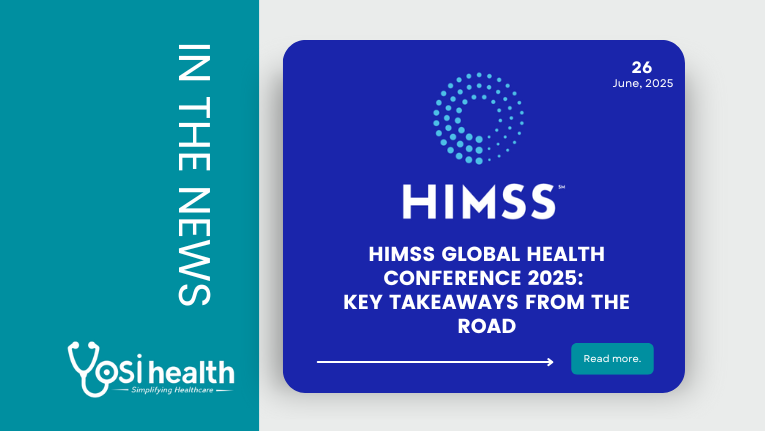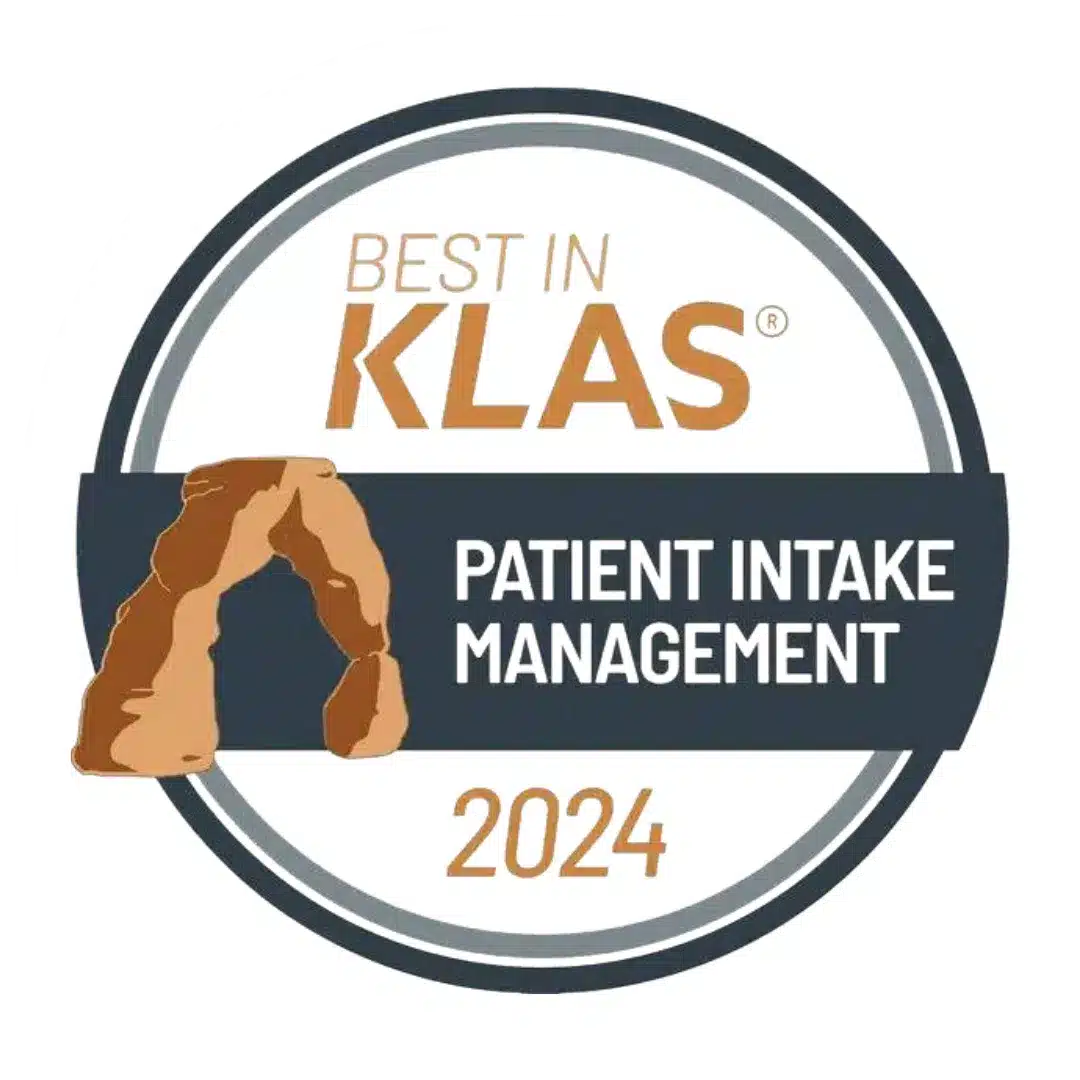
HIMSS Global Health Conference 2025:Key Takeaways from the Road
The recent HIMSS Global Health Conference in Las Vegas delivered a vibrant mix of innovation, challenges, and a few surprises along the way. Despite some early reports of lower attendance, the main floor was buzzing with energy and full of engaged participants.

As our VP of Business Development, Matt Order, observed, navigating through the conference felt like stepping into a packed marketplace—where even getting into the larger vendor booths was a competitive endeavor.
The Vegas Backdrop: A Paradox of Glamour and Healthcare Innovation
In a city known for indulgence and excess, it was intriguing to see healthcare professionals gather with a common goal: making patient care faster, better, and more cost-effective. This juxtaposition—between the city’s reputation for poor health choices and the industry’s drive to improve outcomes—sparked an interesting reflection on the direction of healthcare innovation. Perhaps it underlines the urgent need to shift from reactive treatments to proactive, streamlined care delivery.
AI: From Ambience to Actionable Insights
A dominant theme at the conference was artificial intelligence. This year’s event felt almost like an AI convention embedded within a healthcare framework. Vendors showcased a wide array of AI-powered solutions, from ambient AI applications to systems designed to streamline everything from coding and dictation to diagnostics and front-desk operations. The excitement around AI wasn’t solely about return on investment—it was about unlocking new possibilities.
According to Matt, pattern recognition in patient data appears to be the low-hanging fruit, while the idea of fully replacing human roles with AI is still a bit down the road. The rapid influx of AI solutions suggests we are in a “boom” phase, with consolidation on the horizon as only the most accurate and useful tools ultimately stick in the complex world of healthcare.
Cybersecurity: The Ongoing Battle
Cybersecurity continues to be a major focus as data breaches and cyber threats remain in the news. HIMSS dedicated an entire space to cybersecurity, reflecting its growing importance in healthcare technology. Amid all the high-tech innovations, one key takeaway is that people are often the weakest link in the security chain. Investing in robust training and sensible business practices is just as critical as implementing advanced security systems. This blend of technology and human vigilance is essential for protecting patient data in an increasingly digital healthcare environment.
EMRs, Interoperability, and the Evolution of Remote Care
Interoperability was another hot topic, with major EHR vendors like MEDITECH, athenahealth, ecw, and Cerner demonstrating how they are working together to create a more connected care experience. The shift from traditional HL7 interfaces to modern API-driven solutions is paving the way for a truly integrated healthcare ecosystem—one that supports continuous, longitudinal care across different settings.
Remote care is also evolving beyond basic telehealth and standard remote patient monitoring. Advances in AI, improved hardware, and enhanced connectivity are setting the stage for full-scale remote care solutions. The promise of delivering comprehensive care outside the traditional clinical environment is becoming a reality, potentially transforming how patients receive and engage with care.
Looking Ahead
The lessons from HIMSS 2025 are clear: the future of healthcare lies in embracing digital innovation to streamline operations, improve patient outcomes, and reduce the administrative burden on providers. The integration of technologies that support everything from scheduling to security is not just an upgrade—it’s a necessity for a more efficient, patient-centered healthcare system. In this rapidly evolving landscape, every innovation brings us one step closer to making quality care more accessible and sustainable for all.


